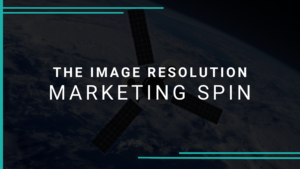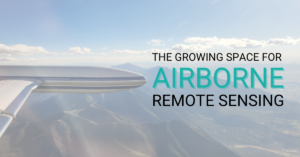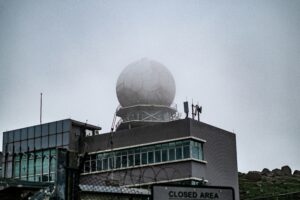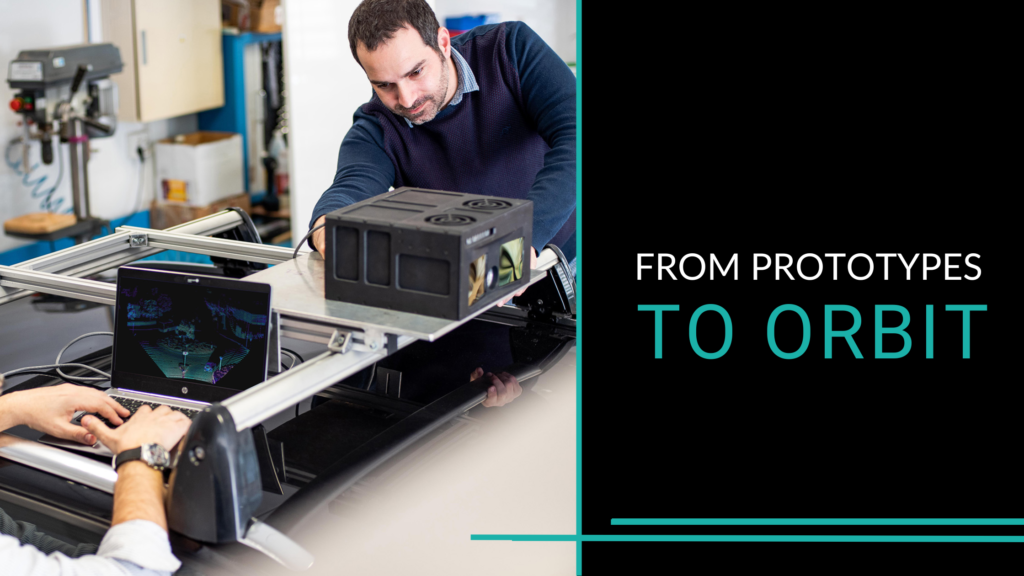
Aerospace companies continually develop cutting-edge technologies for space missions. From propulsion systems to life support equipment, the hardware must undergo rigorous testing to ensure reliability, durability, and performance.
Space presents a harsh environment characterized by extreme temperatures, vacuum conditions, radiation exposure, and microgravity. Hardware destined for space missions must withstand these challenges while operating flawlessly to ensure mission success. Therefore, thorough testing on Earth is essential to verify functionality and durability before launching into space. Aerospace engineers employ a variety of methodologies to test hardware destined for space missions, including environmental, vibration, radiation and endurance.
At IO Aerospace, we focus on testing payloads to ensure that sensors produce the required results and generate real datasets quickly. We test the sensors to ensure they work as intended, verify that the data integrates smoothly with downstream processing, provide a platform for testing different hardware configurations, and help generate data early for presentation to clients, investors, and stakeholders.
Payload Testing at IO Aerospace
The payload is comprised of specialized equipment or components designed to perform a specific function or carry out a particular mission, such as collecting and transmitting data, conducting scientific experiments, or providing communication services. These payloads can include cameras, sensors, antennas, transponders, or any other hardware necessary to fulfill the satellite’s intended purpose.
For example, the payload for an Earth observation satellite would include hardware and software for cameras or other sensors. An internet satellite’s payload might contain multiple transmitters, receivers, and large antennas. The payload on a military satellite might include components for surveillance, reconnaissance, and targeting, while space-based telescopes like the Hubble and the James Webb have observation equipment and other scientific instruments.
Other scientific satellites’ payloads could include GPS, multispectral imagers, infrared or UV sensors, and other instruments (that’s where we come in) that help create detailed maps and monitor changes in the Earth’s surface.
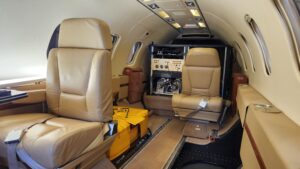
Sensor Testing and Early Data Collection
At IO Aerospace, we ensure that your satellite’s payload performs optimally under real-world conditions. Our comprehensive payload sensor testing services are designed to validate and enhance the performance of your payload components, whether they are cameras, sensors, antennas, or scientific instruments.
Typically, a satellite is being put into orbit for a purpose – to monitor emissions, track activity in the middle of the ocean, help with the spread of wildfires, and assist the military in warfare. Being able to show investors and potential clients examples of the data ahead of launch gives you the opportunity to retain interest and investment while you calibrate and launch the equipment (because space missions are expensive, and early proof can go a long way). Here are some examples of how IO Aerospace helps:
- Simultaneous Sensor Testing: We allow you to test multiple sensors at the same time to ensure they work harmoniously and provide accurate data. For example, our dual payload bays enable the simultaneous testing of thermal and optical sensors, providing a detailed side-by-side comparison of their performance.
- Data Validation: We provide robust software solutions for real-time data analysis during test flights, ensuring that your payload delivers reliable and precise information. This helps fine-tune your payload to meet mission requirements.
- Rapid Diagnostics: Our rapid diagnostics and automated maintenance alerts minimize downtime between test flights, keeping your project on schedule and reducing costs.
Case Study: Our Project with MethaneAIR
MethaneSAT launched the MethaneAIR system on the IO Learjet in June 2023, deploying advanced technology on IO Aerospace’s specially equipped Learjet to track methane emissions across North America. This complements the MethaneSAT satellite launch in March 2024, with the aim of helping both industry and regulators reduce methane emissions, a significant contributor to global warming. Data from both aircraft and satellites will be freely available, offering actionable insights for emission reduction efforts.
Between May and October, our IO Special Missions Platform traveled an impressive 188,251 kilometers, covering over 750,000 square kilometers for the MethaneAIR mission. Our Learjet can achieve collection rates of over 10,000 square kilometers in a single flight. With an endurance of over 5 hours and the ability to fly at altitudes up to 45,000 feet, it offers unparalleled flexibility and efficiency in conducting missions and testing at high altitudes.
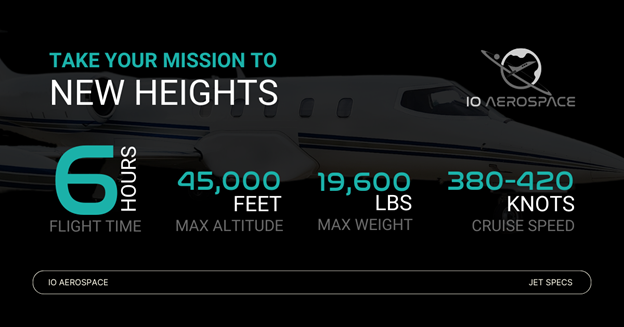
MethaneAIR employs sensitive instruments to detect methane emissions at a regional scale, enabling the determination of total emissions over wide areas, including both large and numerous small sources. These smaller sources play a significant role in methane emissions. The initial focus was on oil and gas facilities in key regions, such as Colorado, Texas, and New Mexico.
Payload testing on our Learjet offers an invaluable benefit: iteration. By testing sensors before launching them into space, our clients have the time and flexibility to repeat flights and refine their designs without significant financial commitments. Looking ahead, we’re excited about what the future holds – new satellites, new missions, and endless opportunities for exploration and discovery.
